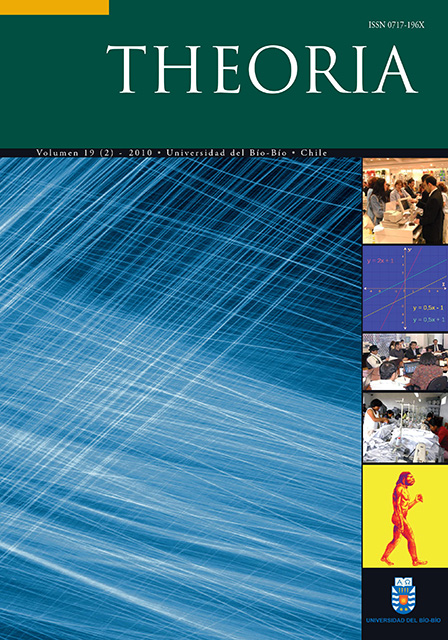Aprendizaje de la física por resolución de problemas: Caso de estudio en Alcalá de Henares, España (A physics problem- based- learning: Case study in Alcalá de Henares, Spain)
Palabras clave:
enseñanza, física, problemas, aprendizaje, educación media, teaching, physics, problem based learning, secondary educationResumen
Se aplicó el método de aprendizaje por resolución de problemas en Física a alumnos de institutos de educación secundaria de Alcalá de Henares, España. La principal dificultad que se encuentra es que los alumnos realizan las operaciones de forma automática y no son capaces de explicar cuáles son los pasos que siguen para intentar resolver un problema y muchas veces tampoco saben por qué eligen esos pasos. Todos los grupos de alumnos dedican la mayor parte del tiempo a la realización de cálculos matemáticos. La estrategia más repetida es la de buscar los datos numéricos del problema. Consiste en leer el enunciado, identificar los datos, buscar la fórmula a emplear, reemplazar y obtener el resultado numérico. El porcentaje de alumnos que realiza la comprensión de la situación aumenta desde el segundo año, donde es bajo, hasta tercer año, donde se puede considerar satisfactorio. Los resultados también indican que existe una baja realización de acciones en los indicadores que miden la capacidad de analizar las condiciones de aplicación de las leyes o principios y la de comprobar si se cumplen las condiciones de aplicación. Se deduce que esto puede indicar una falta de comprensión del significado físico de las leyes y principios. El análisis y verificación de los resultados es el paso que registra menor número de realización, seguido del análisis del marco teórico.
Abstract
To solve problems in Physics, we applied the Problem-Based Learning technique to students from secondary education institutes in Alcalá de Henares, Spain. The main difficulty which was found is that the students carried out their calculations automatically without being able to explain the steps they had followed in order to solve a problem. And even more , they often were unaware of why they chose such steps. All groups of students spent most of the time carrying out mathematical calculations. The most repetitive strategy was the one that required the extraction of numerical data from a problem. It consisted of reading the statement, identifying the data, finding the formula to apply, replacing in the data and obtaining the numerical result. The percentage of students who managed to understand the situation rose from the second year, when it was low, to the third year when it could be considered satisfactory. The results also indicated that there was a low realization of the actions related to the activity indicators analyzing the conditions of applying the laws or principles and verifying if the application conditions were fulfilled. We deduce that this can indicate a lack of understanding of the Physics law and principle meanings The analysis and verification of the results is the step which shows a lower amount of realization, followed by the analysis of the theoretical framework.

